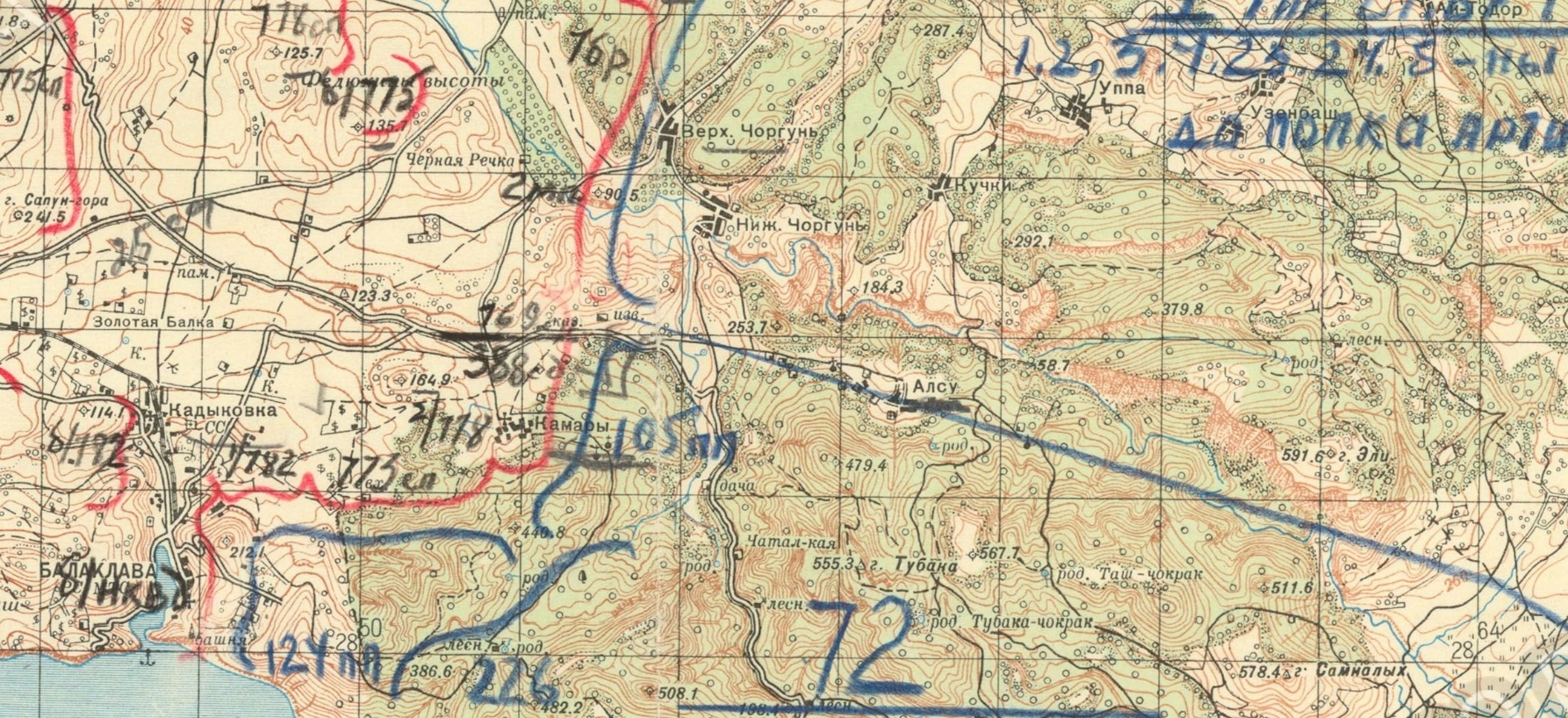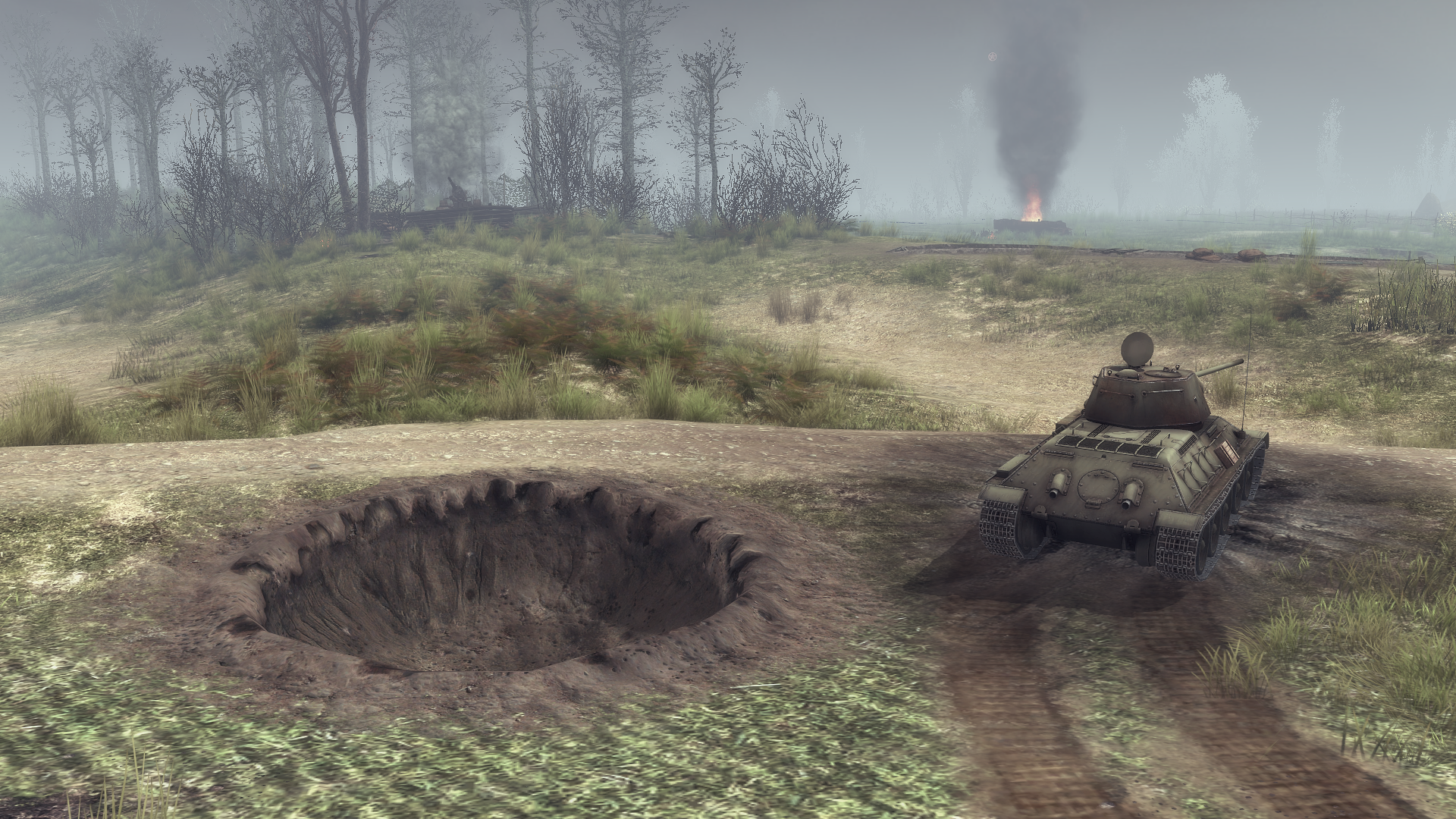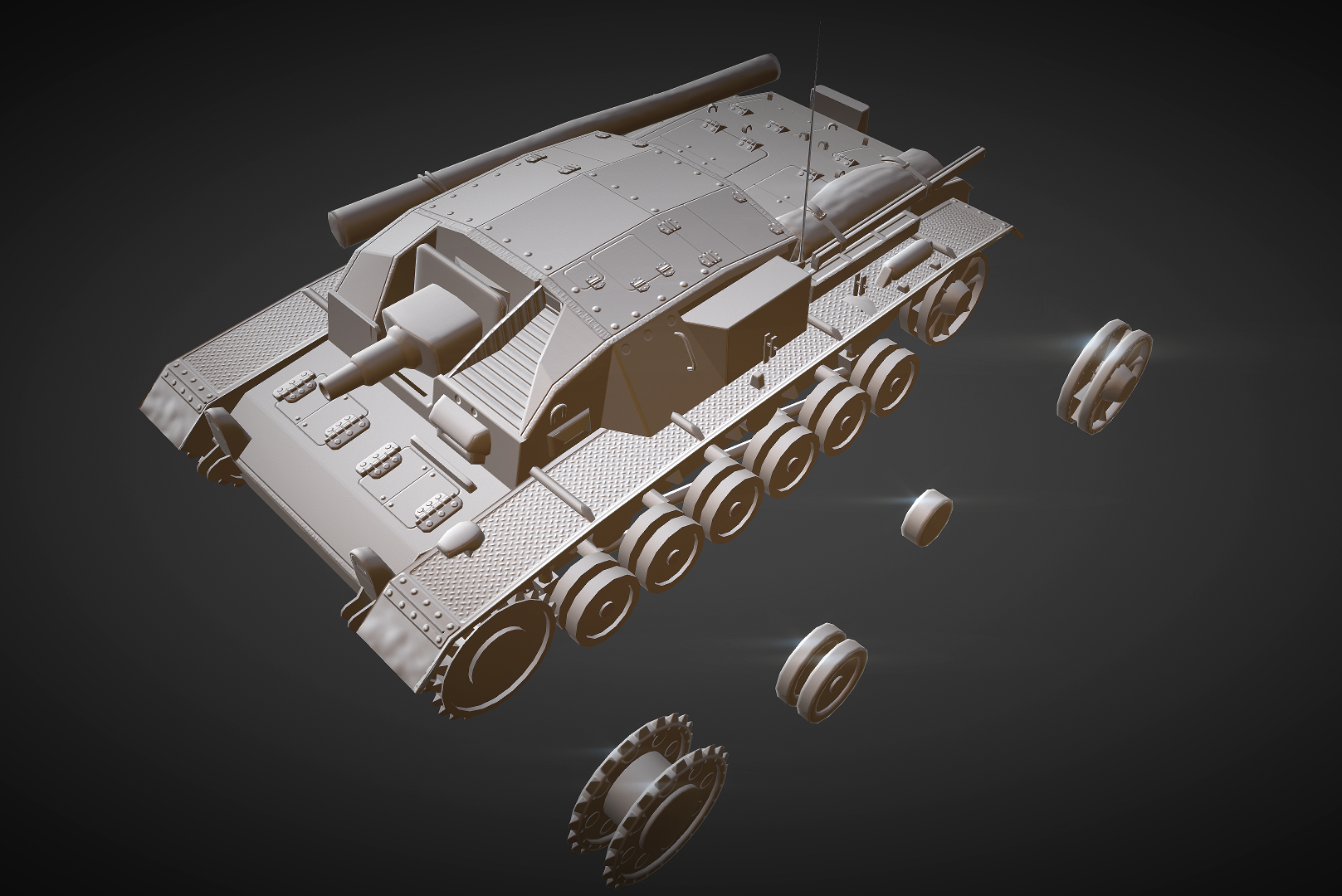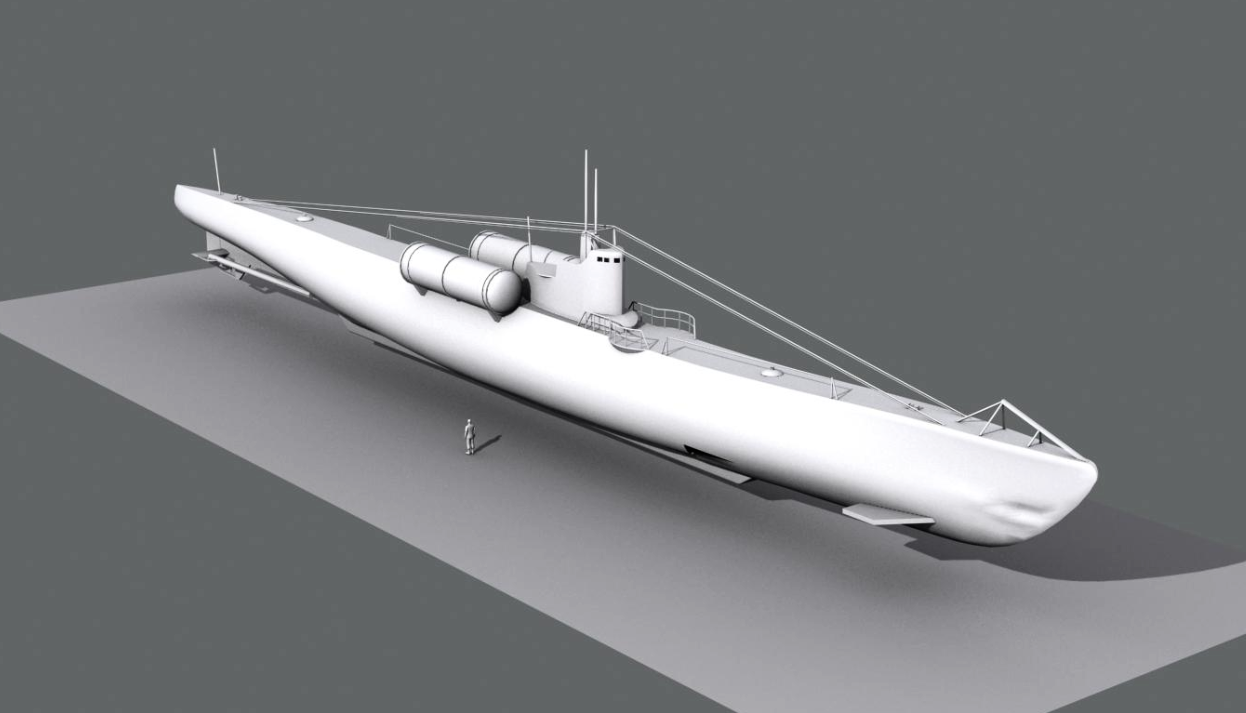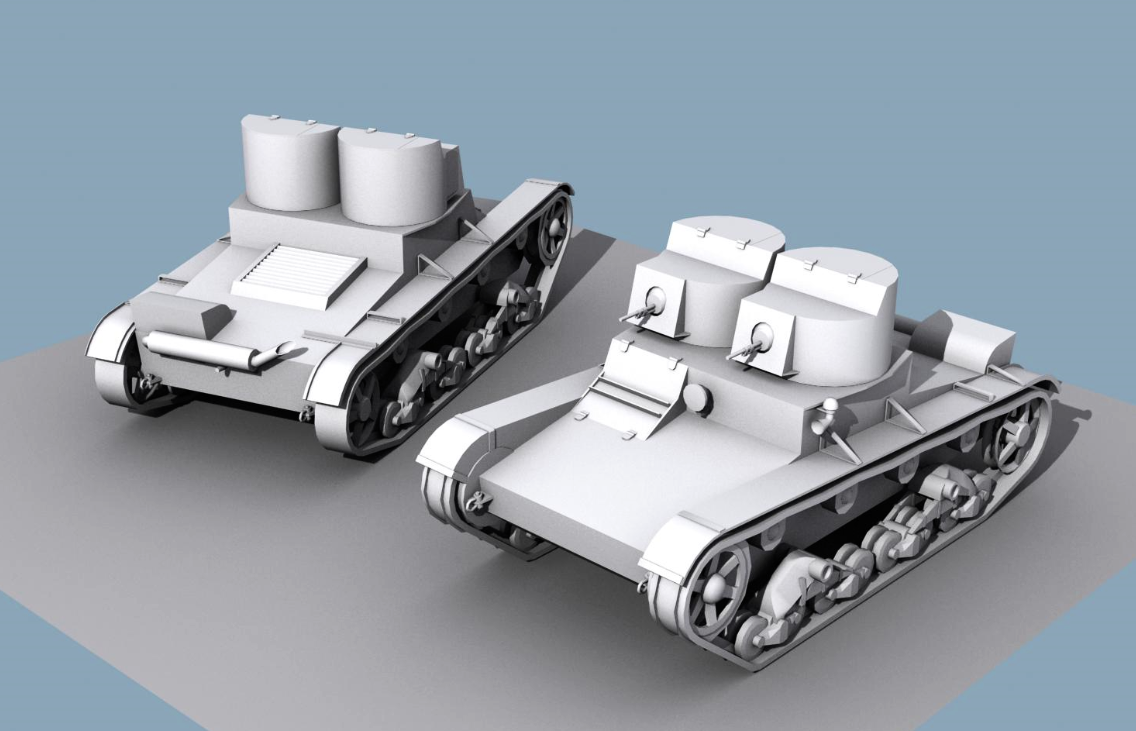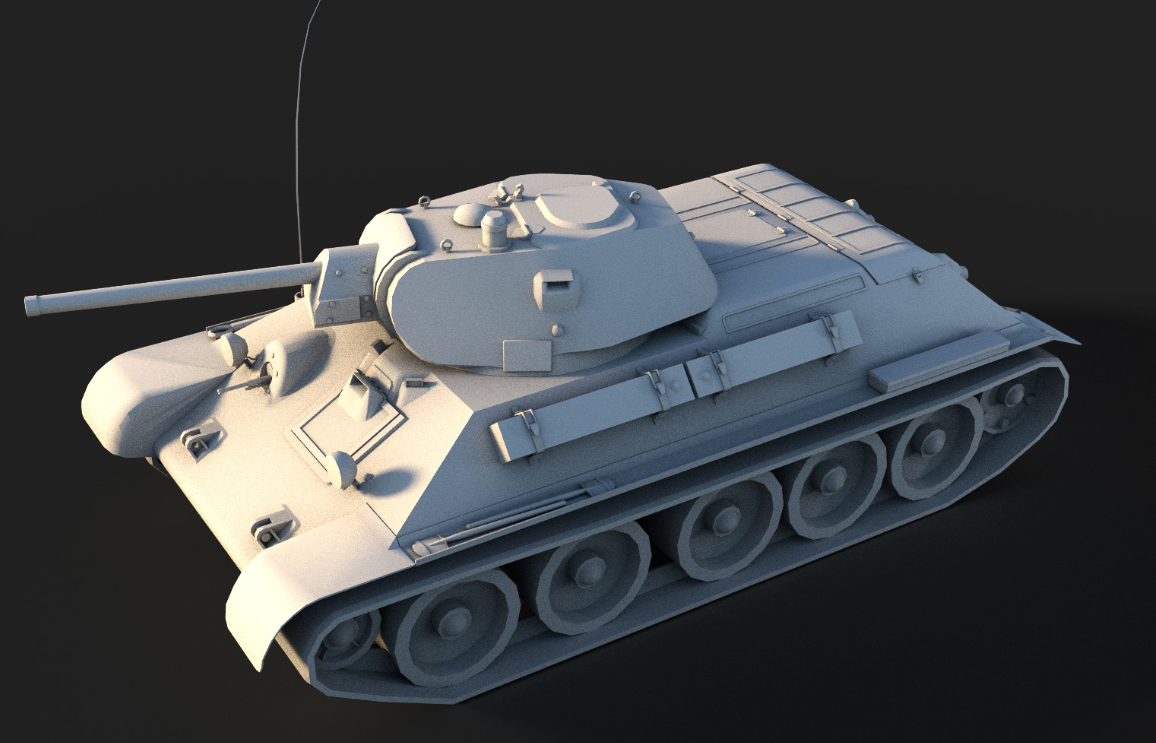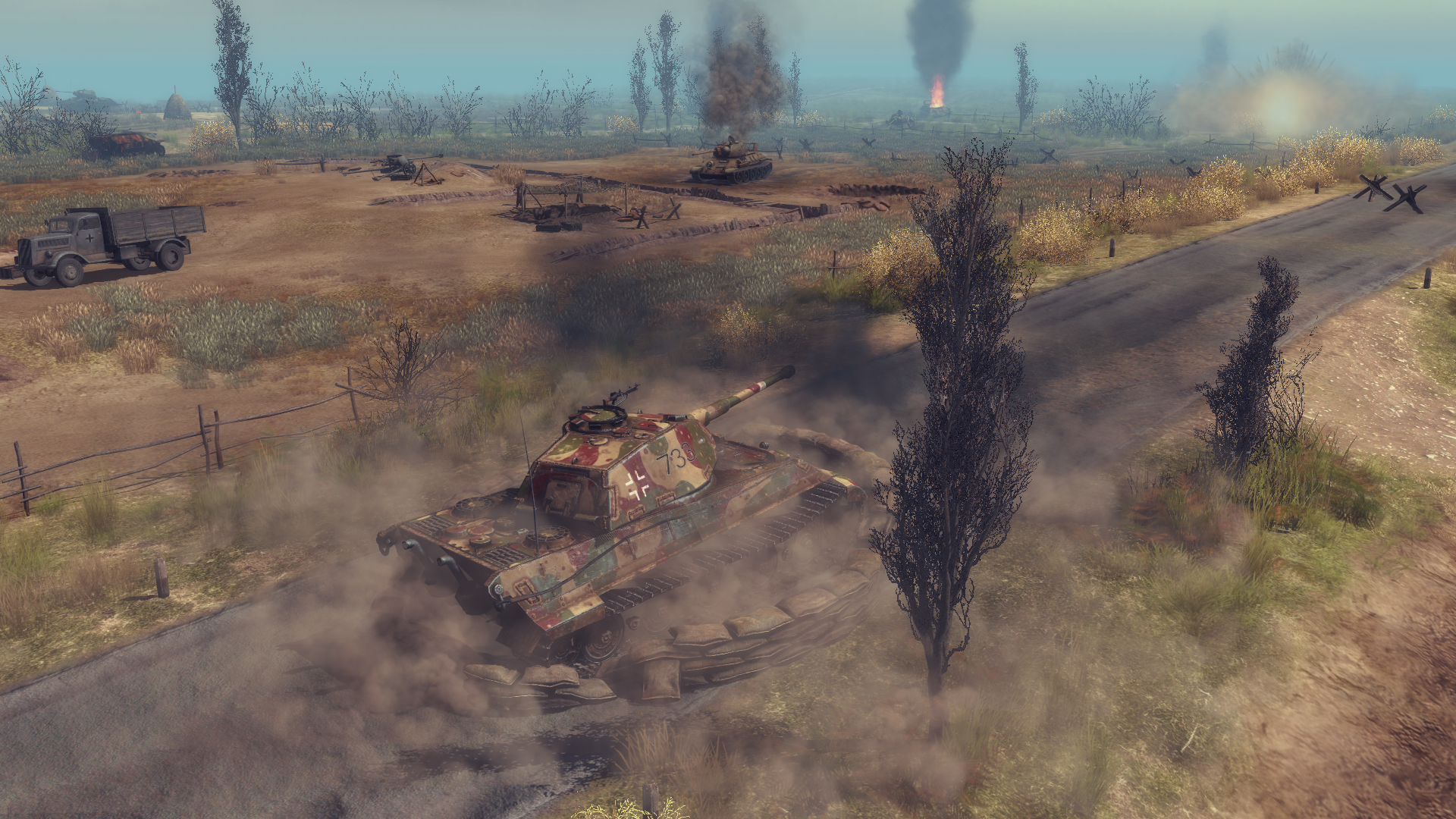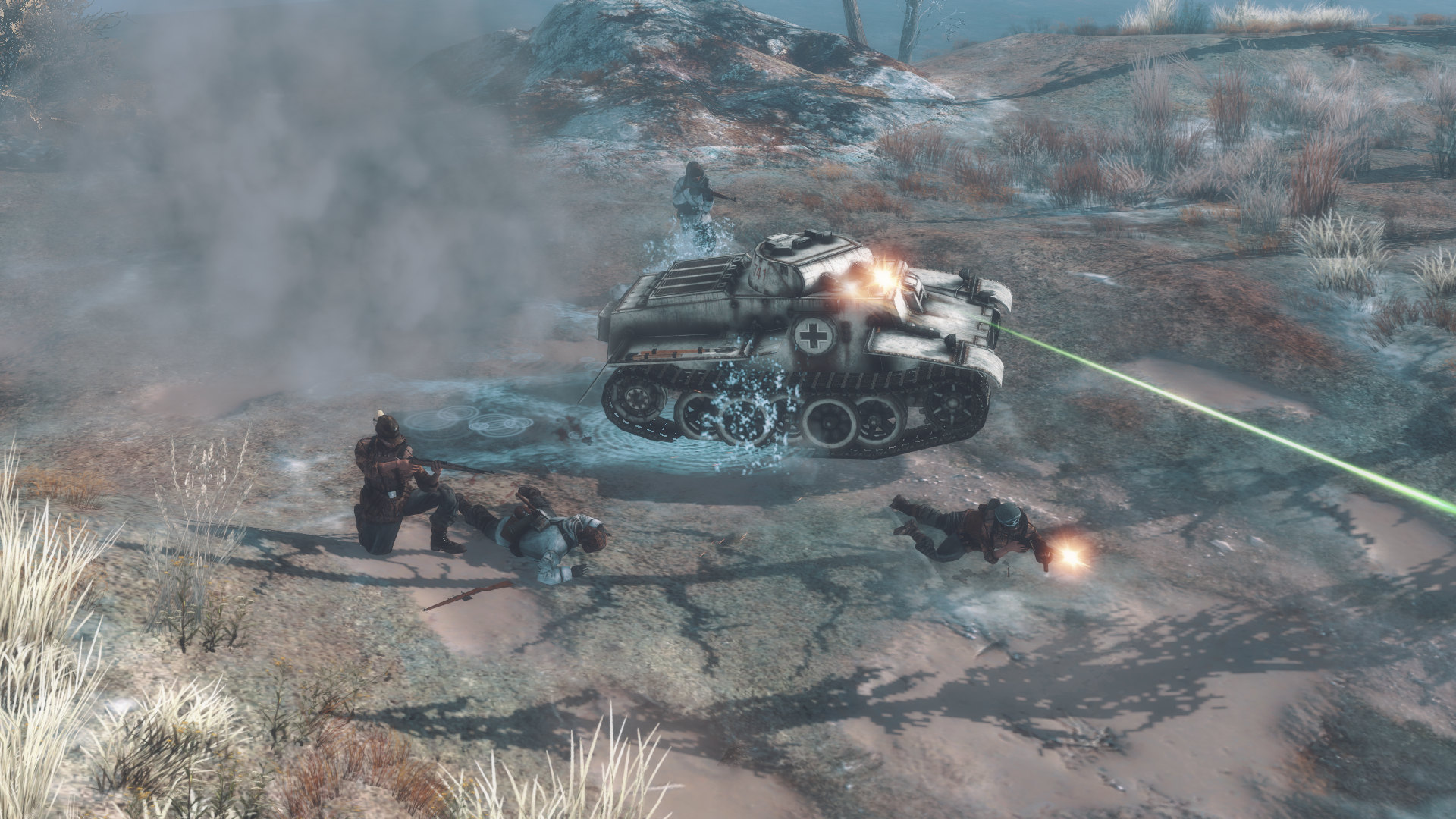
Jul 21, 2017
Call to Arms - Gates of Hell: Ostfront - Cule

To diversify our blogs, we'd like to start off this series of war facts and narratives. At the end of the day, we're making a game that portrays the strategy, realism and authenticity of WWII, so we hope our readers enjoy our posts in the same way as we love finding out all the surprising bits and pieces that you are often miss.
The Assault Gun
When a design of a vehicle or weapon concept is proposed to high command, it is usually because a terribly desperate need for it is required and often a replacement for an older existing military concept or role.
Did you know?
The formidable M26 Pershing was delayed in its production and deployment (until the very end of the war) because the army chiefs were not completely sure there was a "terribly desperate need" for it.
However, the Assault Gun was neither a replacement/improvement of an existing concept nor proposed by a team of acknowledged military figureheads. In fact, it was the bright proposal of Erich Von Manstein in 1935. He thought that for the coming conflicts a new vehicle was needed, one that was supposed to work alongside infantry and:
- Provide direct infantry support, it needed a gun capable of causing substantial damage and not rely on indirect artillery support.
- It needs adequate speed to accompany motorised infantry and be able to relocate to subsequent enemy strong points.
- It does not need any unnecessary equipment. It needs no turret, because it will exclusively shoot in the direction of frontal enemy forts. It needs no secondary armament because it will be surrounded by infantry.
- The vehicle should be substantially protected to soak up damage and get close to enemy fortifications unharmed.
- From the simplicity and straightforward design scheme, it should hence be cheap and easy to produce.
Did you know?
Erich von Manstein is often considered the most capable and respected Axis Field Marshall of WWII.
The first StuGs to see combat were armed with 50mm of armour and the short-barreled 75mm StuK 37 L/24 (derived from the standard kwk 37). Not only were they very effective in their role of supporting infantry, but thanks to their added protection (compared to other german tanks of the time) and due to their loadout of multiple HEAT shells, they proved to be extremely useful against the superior soviet T-34 and KV tanks.
Following the success of the Anti-tank role, after 1942 the StuGs shifted their focus as tank destroyers, with the StuG III Ausf F presenting the fearsome long-barreled StuK 40 L/42 (derived from the kwk 40). Aware that these new variants were no longer as effective in the infantry support role, German High Command ordered the design of a variant for an improved iteration of its original role. As a result, the Sturmhaubitze 42 Ausf G (Assault howitzer or StuH 42; Ausf G) was developed, this time, using a powerful 105mm howitzer instead of a 75mm.

HD Link
Like many german vehicles, the design principles and technical specifications allowed continuous improvement of the design without too radical changes to the original scheme. The Ausf G, which is being modelled for Gates of Hell in both it's early and late production variants, raised the armour to 80mm and gave the vehicle secondary armament to be able to engage enemy infantry. The late production variant included a streamlined mantlet, known as the "Pig-head", and a remotely controlled roof MG, similar to that of the Hetzer.
Did you know?
The rotatory MG developed for the Hetzer and StuG was in some ways derived from the remotely actioned defensive MG's used on the Messerschmitt 210 and 410. The USA later reverse engineered the mechanisms to develop an improved MG defense system for the B-29 Superfortress, which not only was it remote-controlled, but computer-assisted.
Until the end of the war, while Hitler proposed massive tank projects that were barely feasible, Manstein and Guderian (amongst others) pressured the industry to keep producing reliable and cheap fighting vehicles like the StuG. As a result, this became the most common tracked vehicle of the Wehrmacht from 1943 onwards.
Pictures of all the mentioned variants which we have not yet showcased, coming soon.
Worth mentioning are the Soviet Assault Guns developed during WWII as well, namely the SU-76, SU 122, SU/ISU 152, and to an extent, the KV-2. More detail about each one on our specific vehicle blogs in the future.















